Search
99556 A “NEW”, HIGH CURRENT OUTPUT, GALVANIC (SACRIFICIAL) ANODE, ELECTROCHEMICAL REHABILITATION SYSTEM FOR REINFORCED & PRESTRESSED CONCRETE STRUCTURES
Also Purchased
97250 THE USE OF A SACRIFICIAL ZINC ANODE FOR CATHODIC PROTECTION OF STEEL IN REINFORCED CONCRETE
Product Number:
51300-97250-SG
ISBN:
97250 1997 CP
$20.00
51312-01119-Galvanic Anodes for Use in Reinforced Concrete - Recent Test Results
Product Number:
51312-01119-SG
ISBN:
01119 2012 CP
Publication Date:
2012
$20.00
02263 Impressed Current and Galvanic Discrete Anode Cathodic Protection for Corrosion Protection of Concrete Structures
Product Number:
51300-02263-SG
ISBN:
02263 2002 CP
Publication Date:
2002
$20.00




